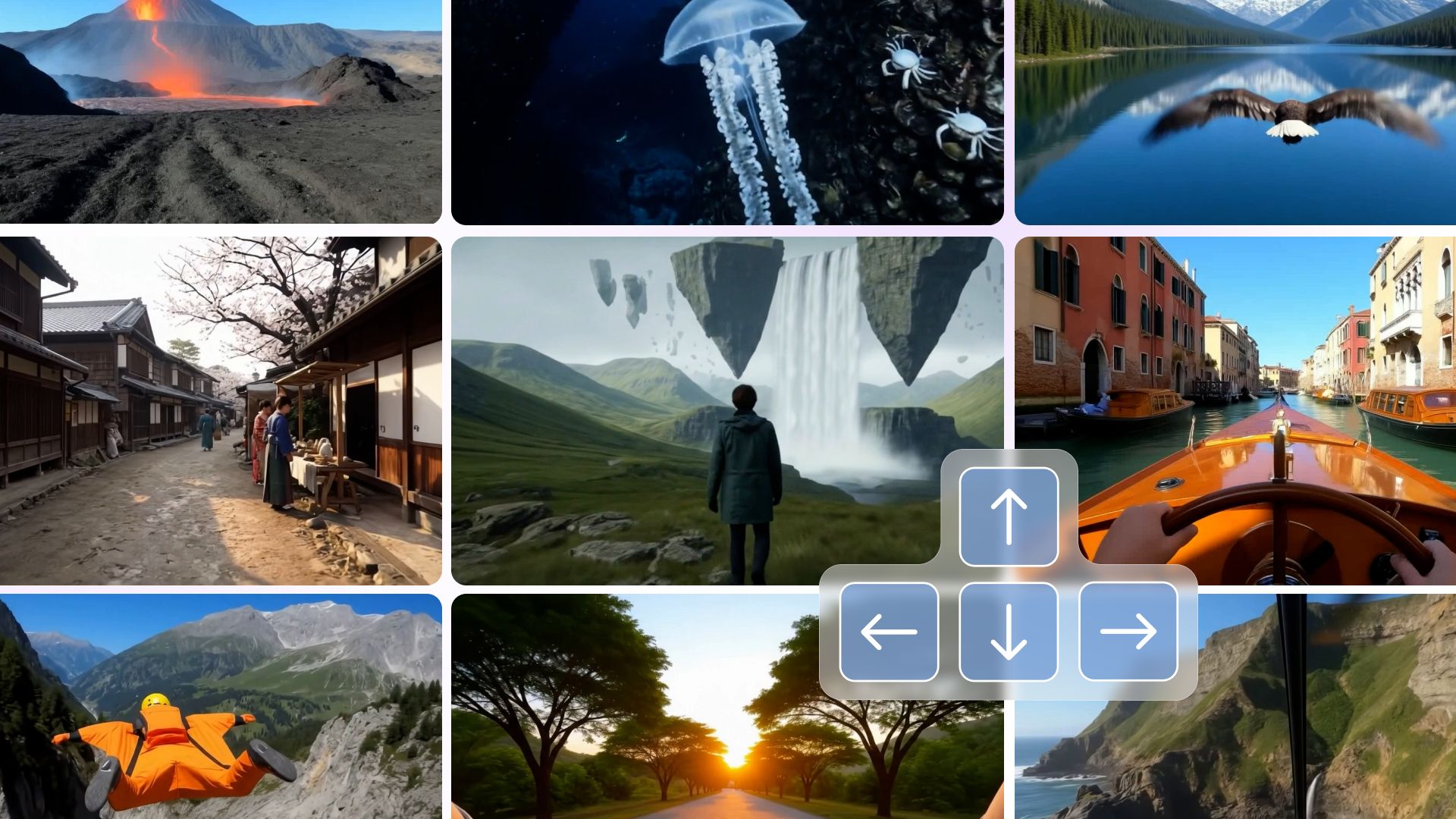- Magic Beans
- Posts
- Introducing Cosmic Blueprint
Introducing Cosmic Blueprint
Plus: GPT-5, gpt-oss, and a HUGE week for vibe coding

Hey everyone, it’s Cosmo.
What's the one question humans have asked ourselves since the beginning of time?
Who am I?
We've sought answers for millennia — through astrology, personality tests, Human Design, numerology, and countless other systems. But until now, they've all existed in silos.
Cosmic Blueprint brings them together.
It's a spiritual analysis tool that unifies 12 wisdom systems into a single, AI-powered report. It reveals patterns you wouldn't otherwise see, giving you a full-spectrum view of your spiritual DNA: your soul's core essence, strengths, challenges, and purpose.
No more juggling conflicting apps, charts, or advice.
I fully vibe coded this myself using Cursor. I'm a designer, not a software engineer — but being able to build and launch my own product with AI is incredibly empowering. Getting to a working app with a backend, user accounts, and payments took serious perseverance — but we're in a new era now. More people can build software than ever before.
Check it out here.
You get four insights for free, and the full blueprint is $19.99 for lifetime access. First 10 people can use code 10FRIENDS to try it free.
Would love your feedback if you give it a try!
Is AI Making Engineering Worse? New Vibe Coding Podcast with Robert Welch
Are AI tools making engineers worse—or just exposing who’s coasting?
Robert Welch (Chief Innovation Officer at APM Help) joins the Vibe Coding podcast to share how his team ships zero-to-one products fast without letting AI erode core skills. We get into the guardrails that keep quality high (tests, CI/CD, enterprise privacy/no data retention), the difference between designing systems vs pasting code, and why AI should augment—not replace—judgment.
Join the Web to Spatial Program
The Web to Spatial Program is a sprint for web devs who want to ship real Vision Pro apps using the stack you already know (React/HTML/CSS) with WebSpatial, an open-source framework that turns websites into immersive apps and targets every XR platform next.
You’ll build in public, grow an audience with amplification on TikTok/YouTube/X, and get paid to learn through milestone bounties and cash prizes. Expect hands-on support, investor exposure, and founder-level visibility. Join if you’re ready to code, teach, and be the dev others follow!
Magic Beans of the Week
This week in vibe coding: OpenAI's GPT-5 dropped with a big accuracy upgrade—45% fewer hallucinations, 80% fewer when in "thinking mode"—and the ability to spin up full apps from a prompt. OpenAI also shocked the field by releasing GPT-OSS, two open-weight models developers can actually run locally. Cursor CLI takes on Claude Code as the terminal quietly becomes the most powerful AI coding interface. Google's Jules graduated from beta with asynchronous repo-level coding superpowers. And DeepMind's Genie 3 moved us from generating media to generating interactive, persistent 3D worlds.

Image Credit: OpenAI
OpenAI launches GPT-5 and claims it's like having "a team of PhDs"
Details
Released 8/7/25 to all 700M ChatGPT users and via API in three sizes: gpt-5, gpt-5-mini, gpt-5-nano
45% fewer hallucinations than GPT-4o, 80% reduction in thinking mode
Demos showed complete working apps built from single text prompts
Targets enterprise adoption with better reasoning, faster output, and longer-term memory
Bottom Line
GPT-5 makes “software on demand” viable at scale. When your AI stops making stuff up and starts reasoning like a PhD, vibe coding jumps from experimental to enterprise-grade.

Image Credit: Sam Witteveen
OpenAI open-sources GPT-OSS models
Details
First open-weight release from OpenAI since GPT-2 in 2019
Two Apache-licensed models: gpt-oss-120b (enterprise GPU) and gpt-oss-20b (runs locally with 16GB+ VRAM)
Optimized for code and reasoning, available via Azure AI Foundry, Windows AI Foundry, AWS, or local install
Full commercial rights—modify, fine-tune, and deploy without restrictions
Opens the door for offline, private, cost-controlled deployments
Bottom Line
This move hands serious models to the community. OpenAI just gave vibe coders serious models they can own and customize—shifting power from API gatekeepers to builders.

Image Credit: Cursor
Cursor CLI: Terminal-based AI coding gains traction
Details
Cursor CLI acts as an AI pair programmer directly in the terminal
Can edit code, answer questions, run shell commands, and interact with the filesystem
Part of a broader trend away from GUI IDEs toward CLI-native AI tools like Claude Code and Gemini CLI
CLI agents excel in DevOps, system config, and full-stack environments beyond just coding
Lets power users stay in their natural habitat without context-switching
Bottom Line
The oldest interface is becoming the sharpest tool—bringing vibe coding's autopilot into the terminal where speed and control matter most.

Image Credit: Google
Google's Jules AI coding agent graduates from beta
Details
Now generally available after a successful beta, with tiered pricing (free, Pro, Ultra)
Runs asynchronously in Google Cloud—kick off a task, close your laptop, return to finished work
New features: GitHub Issues integration, environment snapshots, automatic PR creation
Uses Gemini 2.5 Pro for planning and multi-step workflows without supervision
Designed for hands-off repo maintenance and feature development
Bottom Line
Jules is the coding agent that works while you sleep—async AI means your assistant is babysitting your code, not the other way around.

Image Credit: Google
Google DeepMind announces Genie 3: AI-generated interactive worlds
Details
Generates 720p, 24fps, fully interactive 3D environments from a single text prompt
Maintains spatial memory and physics consistency for minutes, far longer than prior models
Supports live world edits—spawn animals, change weather, alter landscapes mid-simulation
Intended for training AI agents and creative prototyping
Research preview only; limited to academic and creative partners
Bottom Line
Genie 3 jumps us from generating clips to generating reality—turning text prompts into worlds you can explore, edit, and inhabit.
What an INSANE week! Thank you for reading. Till next week! 😊
Best,
Cosmo

